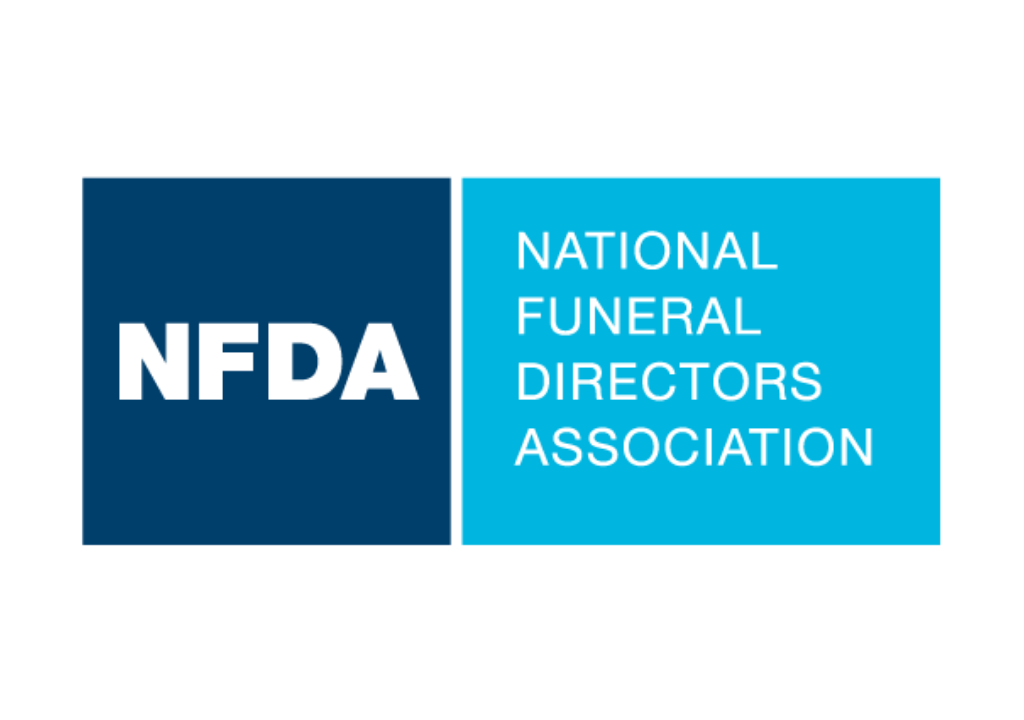Nurses, Funeral Directors Struggle Under The Weight of Obese Patients

Nurses say they are being put at risk of injury when treating obese patients. A study by Melbourne’s Austin Hospital shows nearly a third of the 750 patients in the hospital’s emergency department are obese.
A study by Melbourne’s Austin Hospital shows nearly a third of the 750 patients in the hospital’s emergency department are obese.
Doctors and nurses have told researchers that is causing problems in diagnosing patients, for nurses administering treatment and complicating even simple tasks like moving patients around the wards.
The Austin’s Associate Professor David Taylor says the study’s findings show there are serious implications for obese patients.
“For the patients it really means that there may be delays in their management,” he said.
“There’s the possibility of course that because the doctors aren’t actually able to examine them and perhaps feel and attain clinical signs from the normal way that we would do this, that various other investigations might need to be done.”
Patients treated on the floor
Kathy Chrisfield from the Australian Nurses Federation says members of her union are also reporting problems.
“We have nurses that report that they have patients that they have to treat on the floor,” she said.
“We also have nurses who are in nursing homes who aren’t able to handle the patients in terms of turning them and accessing different areas of their bodies.”
Ms Chrisfield says nurses are put at greater risk of injury when lifting cranes and bariatric beds are not available.
She says policies need to be changed so obese people are only treated at hospitals which are properly prepared.
“It’s either a matter of getting the equipment in place before they’re admitted or only limiting where they are only able to be admitted to,” she said.
The increasing obesity rate is such a problem for the profession that the Nursing Federation held a conference on it earlier this year.
“We spoke to people from the ambulance service, we had people from the funeral industry who are all having similar issues,” Ms Chrisfield said.
Difficulties examining patients
Associate Professor Taylor says doctors also have trouble examining patients who are overweight.
“The doctors were quite concerned that it was difficult to physically examine and also position very obese patients,” he said.
“As far as the doctors are concerned it was mainly the physical examination and also positioning of the patient to try and get them into a position so that they could examine them.
“For example, sitting up and rolling over and so on, and also doing simple procedures such as taking blood, because it’s difficult to find veins, inserting urinary catheters, inserting intravenous drips and the like.”
Associate Professor Taylor says sometimes staff need to undertake extra measures to examine obese patients.
“You could imagine that if you’ve got a large amount, say 10 or even 15 or even more centimetres of fat in between the patient’s skin and organs, then it’s a lot more difficult to actually feel through that mass, a lot more difficult to actually hear breath sounds or bowel sounds or heart sounds through that,” he said.
“I’ve literally found myself in a situation with some patients where I couldn’t trust my stethoscope, couldn’t trust my hands, and I had to resort to the use of extra investigations such as chest x-rays which I otherwise may not have done, ultrasounds for examination of the stomach and so on.”
He says the study did not examine whether or not such difficulties caused doctors to miss diagnoses and he is not aware of evidence for that.
Extra resources needed
Of the 750 patients who came through the Austin emergency ward over five months, 28 per cent were found to be obese or morbidly obese.
The occupational health and safety consultant at the hospital, Brendan Cottier, says those patients sometimes require extra staff.
“It becomes a question of staff resources. It’s the fact that sometimes you need to wait a few minutes to get an extra person to give you a hand to move them,” he said.
The Austin has Melbourne’s busiest emergency department and Associate Professor Taylor says its increasing obesity problem is broadly representative of what is happening in hospitals around Australia.
But he says the long-term solution is not just more staff.
“More staff, more lifting equipment, larger beds, larger gowns, larger blood pressure pumps as well,” he said.
“And even perhaps the availability of ultrasound machines so that the doctors and nurses are able to find veins and to find arteries so that they can take blood and insert intravenous lines more easily.”
The Austin has seven beds which are made for obese or bariatric patients but they are 60 per cent more expensive than regular beds.
The Austin Hospital’s findings will be presented at a conference in Melbourne next week.
Source: ABC News




